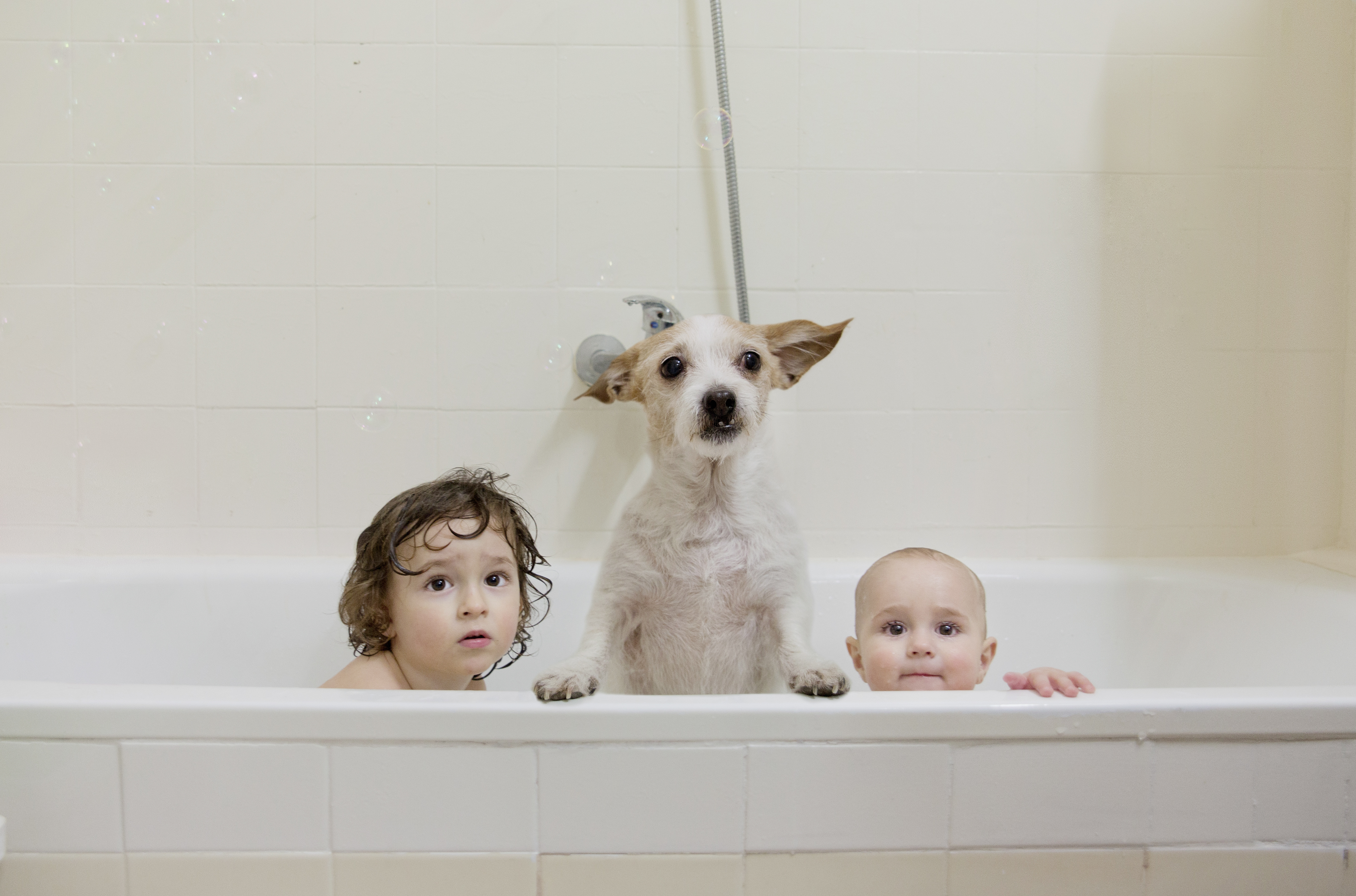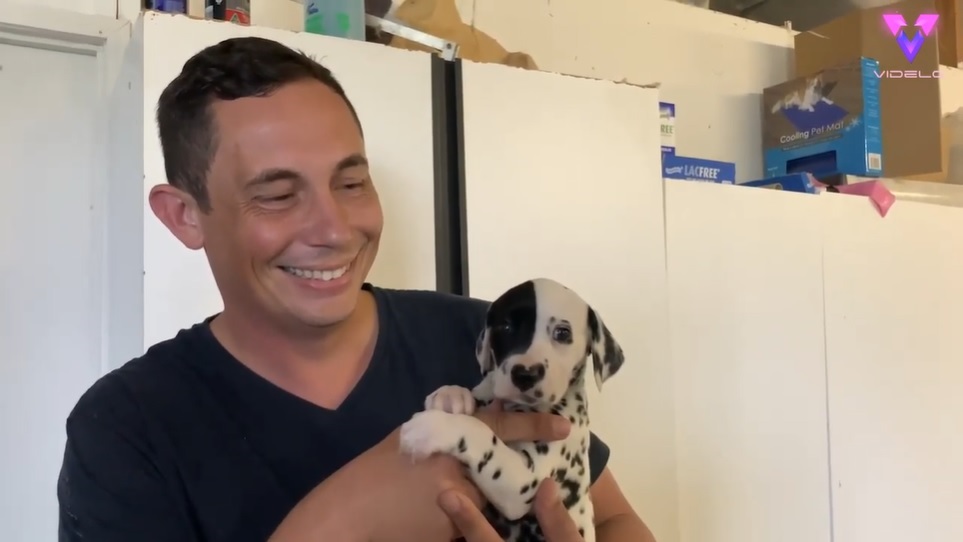Tomorrow is World Autism Awareness Day, a topic that touches many families around the world closely. This condition, its first signs, therapies that contribute to improving the quality of life and inclusion in society, are the pillars for understanding a state of situation to which we must always be attentive.
“Although only from the 2022 census we will have official data on the extent of the condition in the country, it is estimated that the average diagnosis of Autism Spectrum Disorders in children is 1%. It is 5 times more common in boys than girls and it occurs in all social classes, races and cultures in the same way,” said Margarita Ziade, director of Bocalán Argentina, psychomotor and director of the association that trains Assistance Dogs.
In general, the first signs of the condition - depending on the spectrum - occur from 12 months to 3 years old and it is parents and teachers who detect that the child has difficulty developing properly. Early detection of autism spectrum conditions can improve the lives of children and their families.
There are 8 warning signs that a child with ASD can give: does not look in the eye, does not answer by name, does not have a social smile, does not share interest, babbles, lacks symbolic play, shows a delay in language acquisition or even loses the language already acquired and presents unexpected reactions to stimuli sensory.
Once the spectrum that the child has been detected, together with the therapeutic support of their doctor, it is important to start with therapies that contribute to improving their quality of life. These are divided into education, activities and therapies.
“The most widely used resource in our country is Dog Assisted Therapy. In these cases, a team of health professionals plus a dog trained for that task are part of the process of habilitating or rehabilitating different people who join the therapeutic process within an office,” Ziade added.

In the country, the only organization that trains Assistance Dogs for children with ASD is Bocalán Argentina. It is an international non-profit organization aimed at promoting the social inclusion of people with different disabilities through the interaction and companionship of assistance dogs. Today they have been dedicated more than 35 that contribute to improving the quality of life of children and their families. In addition, the association offers families the possibility of carrying out Animal-Assisted Interventions in the office they own in Villa Luro.
How can a child agree to have an Assistance Dog? What are the processes? What needs to be taken into account? Bocalán Argentina has three programs so that, depending on the possibilities of each family, they can access this therapy.
Solidarity program: where the organization gives the dog free of charge to families that meet certain characteristics. And the family only has to bear the costs of coupling the dog.
Sponsor program: when a company makes the donation and sponsors the dog of a certain family.
Family Partner Program: The family makes the donation of the total dog to the organization.
In this way, Bocalán Argentina offers different possibilities for all families to have access to improve their quality of life, whether through animal-assisted interventions or guide dogs.

In conclusion, Ziade reviews aspects essential to promote inclusion in society of children with autism: “People with ASD often don't understand jokes or sarcasm. You may need to be very clear and objective when communicating with them. Try to be patient and kind. We all deserve to be respected and understood,” he concludes.
Assistance Dogs are technical aids that are trained to improve the quality of life and autonomy of people with disabilities. Bocalán trains service dogs for children with autism and for people with physical disabilities.
For its part, Animal-Assisted Interventions seek to improve the quality of life, the empowerment or rehabilitation of people with disabilities or vulnerable groups, through interaction with animals, in an environment designed and controlled by professionals in both the health and animal area.
KEEP READING:
Últimas Noticias
Debanhi Escobar: they secured the motel where she was found lifeless in a cistern
Members of the Specialized Prosecutor's Office in Nuevo León secured the Nueva Castilla Motel as part of the investigations into the case

The oldest person in the world died at the age of 119
Kane Tanaka lived in Japan. She was born six months earlier than George Orwell, the same year that the Wright brothers first flew, and Marie Curie became the first woman to win a Nobel Prize

Macabre find in CDMX: they left a body bagged and tied in a taxi
The body was left in the back seats of the car. It was covered with black bags and tied with industrial tape
The eagles of America will face Manchester City in a duel of legends. Here are the details
The top Mexican football champion will play a match with Pep Guardiola's squad in the Lone Star Cup

Why is it good to bring dogs out to know the world when they are puppies
A so-called protection against the spread of diseases threatens the integral development of dogs




